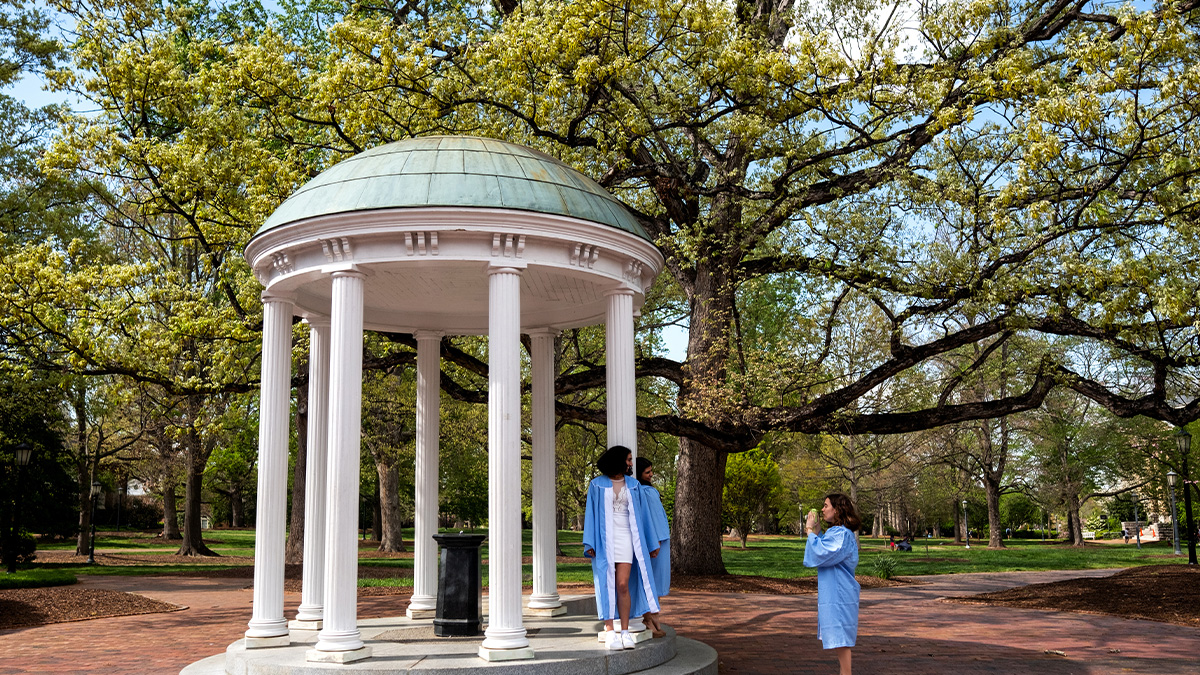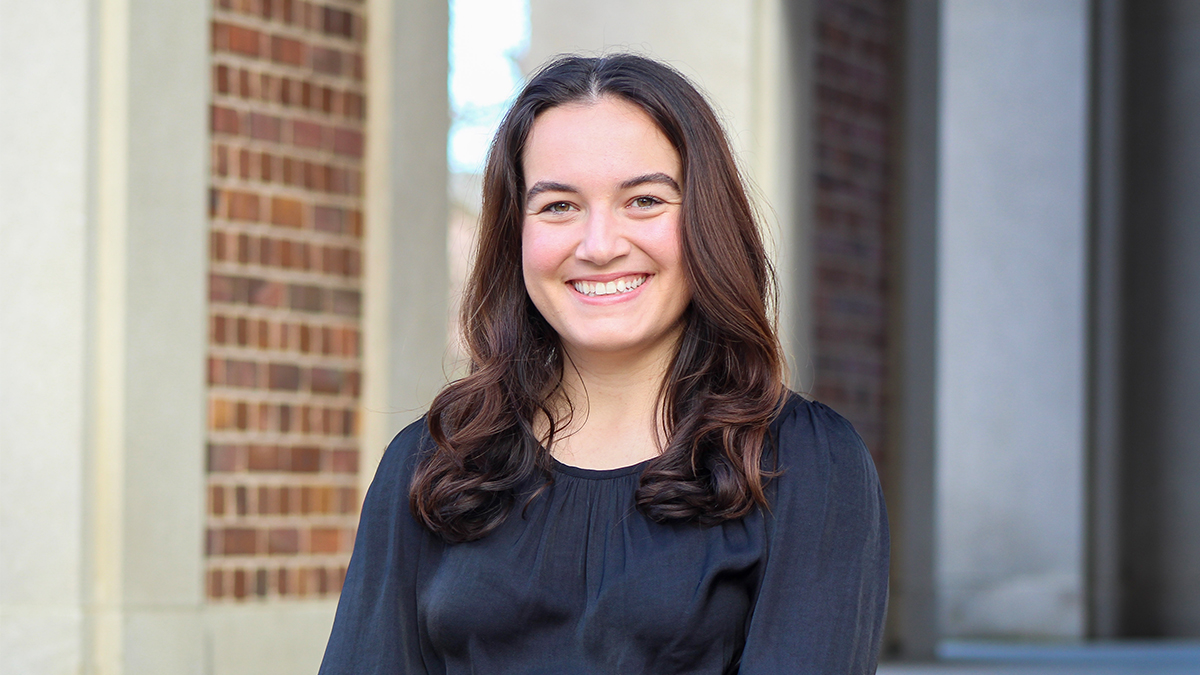Taking a closer look
With historic buildings and picturesque landscaping, Carolina's campus is iconic, and some of the University's most beautiful spots are worth a closer look.

When you can, we invite you to slow down for a few minutes and enjoy some of the small details that contribute to the immense beauty at Carolina. In this photo essay, photographer Johnny Andrews shares close-ups of some of the objects, designs and textures that might be easy to miss at Carolina.

Students took the first plunge into the Bowman Gray Memorial Pool on April 15, 1938, making it the oldest pool on campus. When it opened in Woollen Gymnasium eight decades ago, it was estimated to be one of the largest indoor pools in the country.
Shortly after opening the pool, Carolina expanded its athletics program to include varsity swimming — though team members were not expected to be experienced swimmers. The team’s first coach, Dick Jamerson, said “Anyone who can float is welcome.”
The Olympic-length pool is no longer home to Carolina’s swimming team but still provides exercise and recreation space for Tar Heels, and it traditionally hosts campus life events such as real-life Battleship, where students try to sink competitors boats with buckets of water. The pool is currently open for lap swimming.
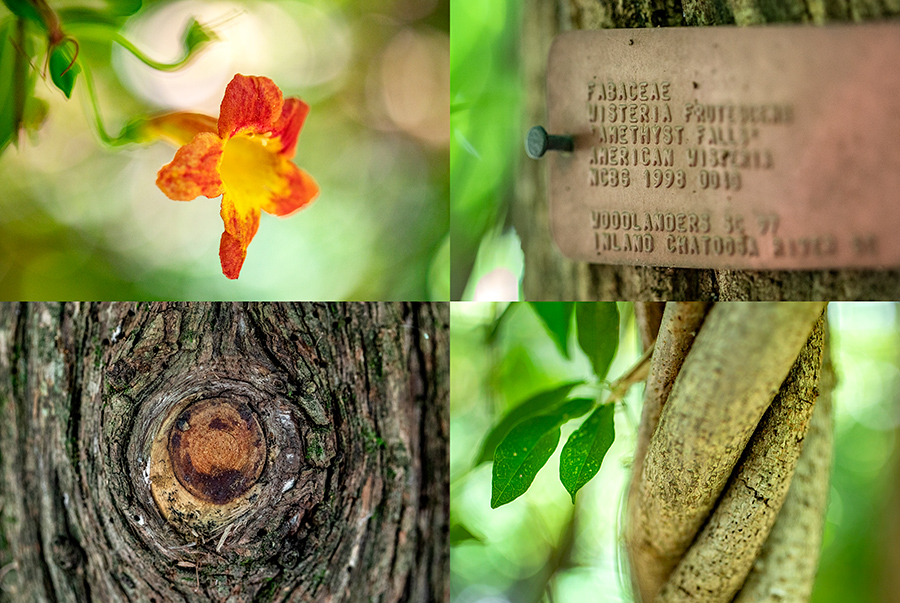
A short walk from the Old Well, Carolina’s Coker Arboretum provides a relaxing, shaded landscape. Established in 1903 by the University’s first botany professor, William Chambers Coker, the arboretum contains more than 400 species of plants.
One of the most notable aspects of the arboretum is the 300-foot long arbor, which was built in 1911. With its flowering vines, the arbor is a popular photo spot throughout the year.

Looking to create something new? The Be a Maker Network’s makerspaces are the places for you. BeAM’s four makerspaces provide the University’s maker community with the tools to design and make physical objects for education, research, entrepreneurship and recreation.
Open to students, faculty and staff, the spaces are equipped with emerging technologies like 3D printers and laser cutters in addition to traditional wood and metalworking equipment. The campus’ primary makerspace at Murray Hall remains open this fall.
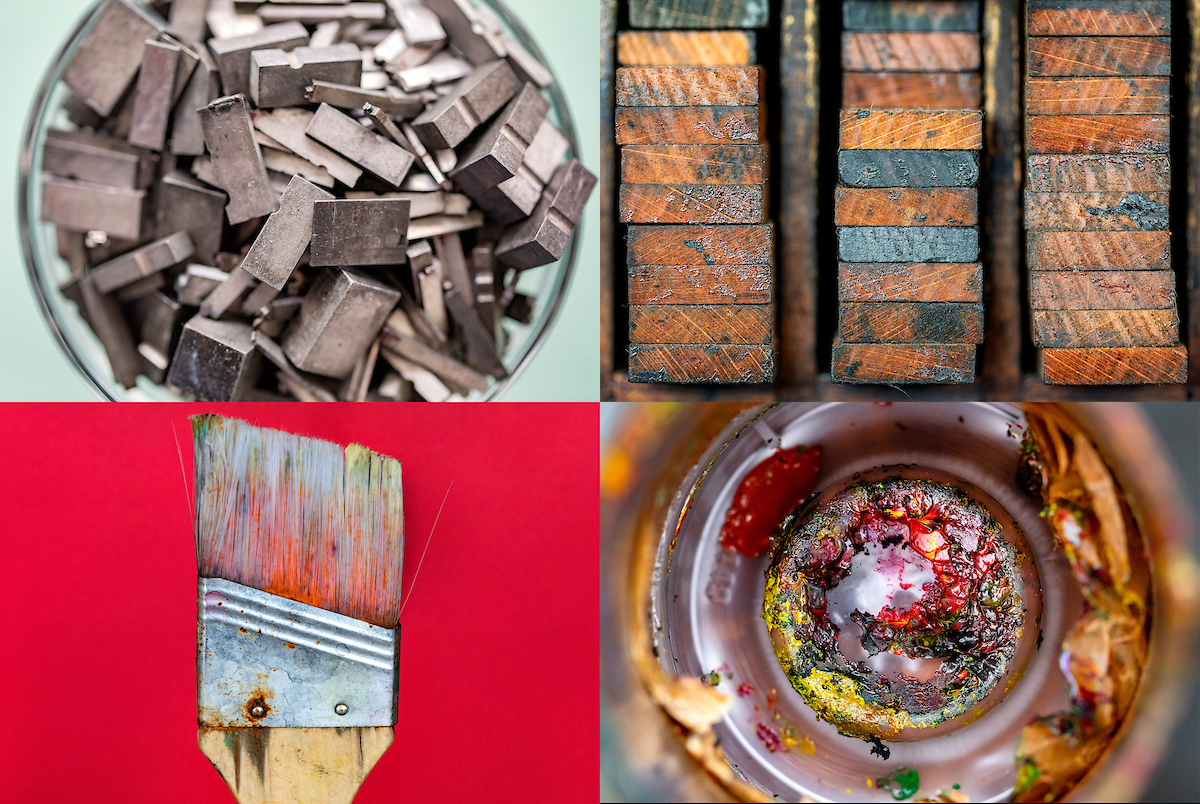
On a campus known for its colorful spring and fall landscapes, the Hanes Art Center is likely Carolina’s most colorful spot year-round. Home to the College of Arts & Sciences’ art and art history department, the building features 45,000-square-feet of space dedicated to the arts with lecture classrooms, studio classrooms and studio spaces for photography, printmaking, painting and electronic media.
The Hanes Art Center also has a makerspace, two libraries for Carolina’s artists and art enthusiasts, and several exhibition spaces, including the Allcott Gallery.
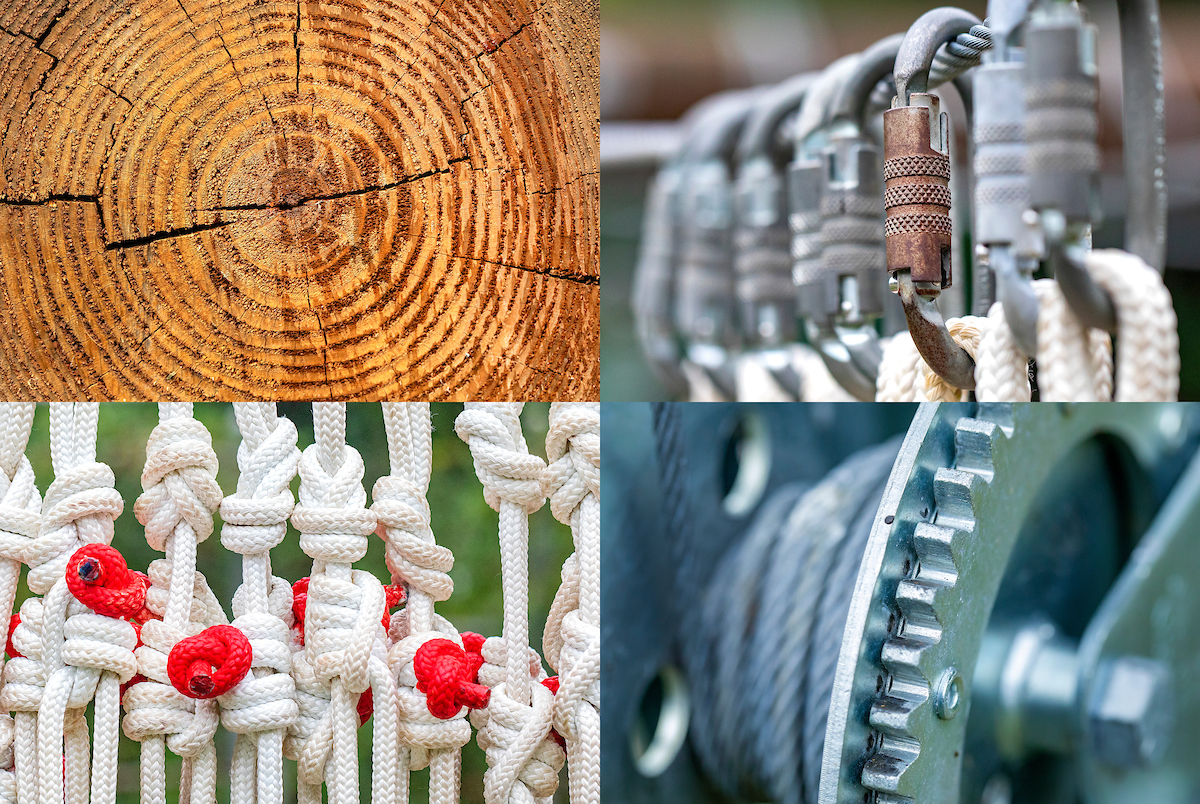
With its rope course tower, a 1,200-foot-long double zipline and a giant swing, Campus Recreation’s Challenge Course creates a unique combination of mental and physical challenges for Tar Heels and community members to attempt through Carolina Adventures programming.
The course is part of the Outdoor Education Center, a 67-acre facility developed to provide outdoor programming and open recreation opportunities. In addition to the Challenge Course, the center features an 18-hole disc golf course, three sand volleyball courts, eight tennis courts, a bouldering wall and a network of multi-use trails.
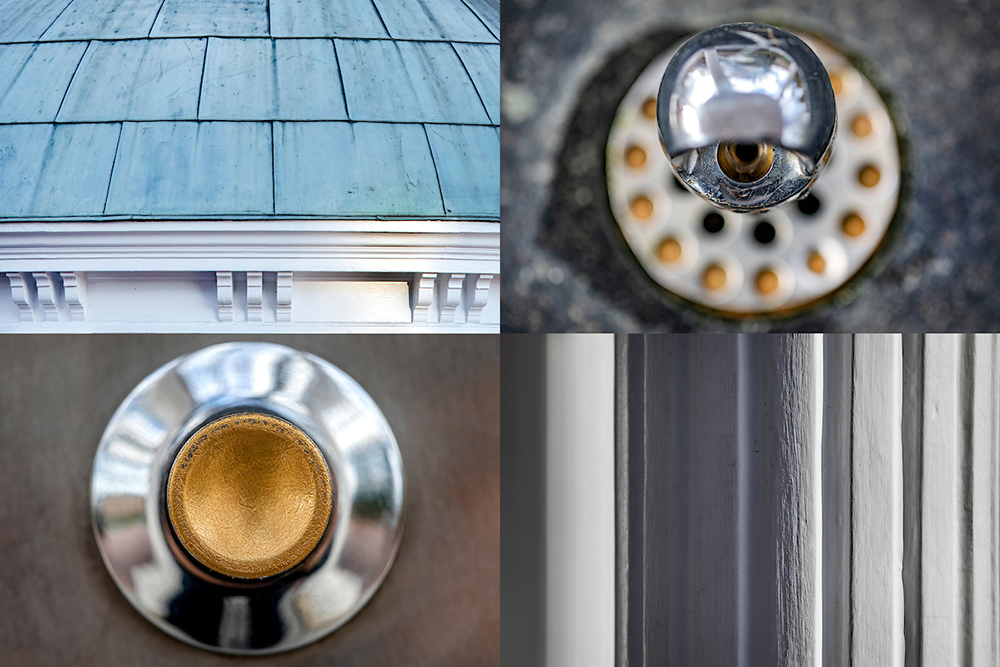
Typically one of the busiest spots on campus, the University’s well on McCorkle Place once served as the primary source of drinking and bathing water for students, faculty and staff.
In 1897, a wooden shelter based on the Temple of Love at Versailles was added to cover the well. The current structure — what we now call the Old Well — was built in 1954 using wooden columns, a marble base and copper roof.
Over the last 65 years, the Old Well has become an icon for Carolina.


